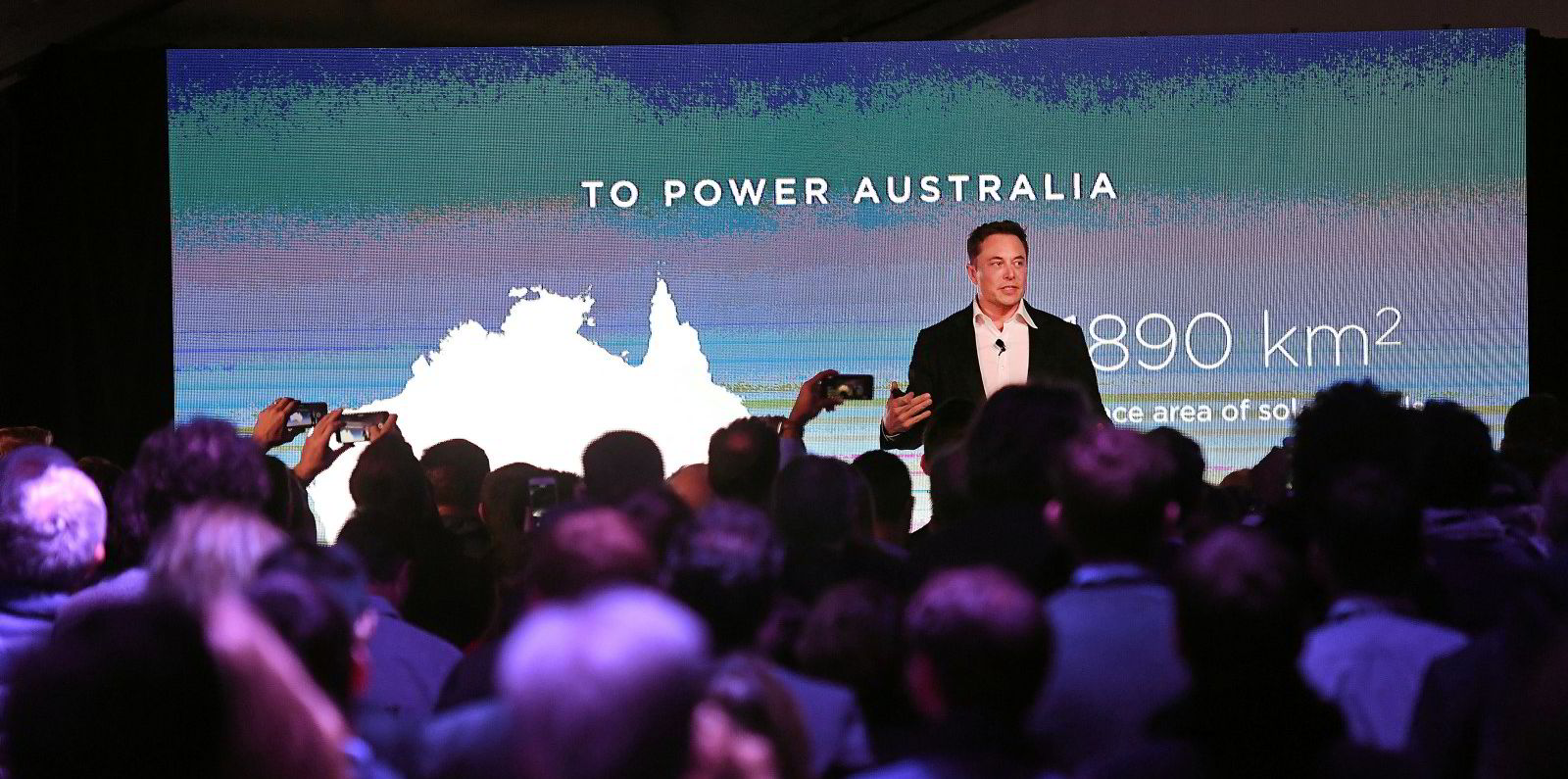The Americas is set to overtake Asia-Pacific in the global energy storage market race by mid-decade en route to installing almost half of a forecast total 720GWh expected to be wired-in globally by 2030, according to a new report from Wood Mackenzie.
Get the market insight you need into the global oil & gas industry's energy transition – from the new newsletter from Upstream and Recharge. Sign up here
The analyst in its H1 Global energy storage market outlook predicts over 370GWh of “mostly US” facilities will be up and running by the end of the decade in the western region, with China having 150GWh online and Japan 25GWh by then.
“[Last year] was a record year for global energy storage,” said Dan Finn-Foley, Wood Mackenzie head of energy storage. “The market exceeded 15 GW/27 GWh, increasing 51% in GWh terms [on 2019], and is expected to grow 27 times by 2030 by adding 70GWh of storage capacity a year to surpass 729 GWh in 2030.
“Approximately $5.bn of new investment was committed to storage projects across the world last year, increasing the cumulative total to $22bn. By 2025, the overall investment pot will reach $86bn, with a 24% CAGR (compound annual growth rate) despite the economic slowdown caused by Covid-19.”
The US tripled storage installations last year, accounting for 38% of new capacity, according to the analyst group’s calculations, while China, Germany, and the UK saw double-digit growth, and Australia’s installations dropped in its year-on-year numbers.
“Steady growth in a number of key countries during the coronavirus pandemic and strong recovery in 2021 will accelerate global energy storage adoption in the long term,” said Finn-Foley.
The coming “slowdown” in Asia Pacific’s energy storage market is “partly due to challenges from market incentives and business cases”, said Wood Mac, noting that though the region led the sector last year, with deployments reaching 13GWh, growth has “mainly relied on pilots, government subsidies and grid interconnection requirements over the past decade”.
“Without strong policy support, it will be difficult to scale up the front-of-the-meter (FTM) segment across the region.”
Senior research analyst Le Xu said: “China, Japan and South Korea have set climate-neutrality targets, underscoring their commitment to the energy transition. While in Australia, renewables plus storage technology is competing with gas power and already replacing ageing coal units.
“If battery projects can solve the financing challenge they currently face, energy storage will be a key feature of decarbonisation plans across the region. Asia Pacific’s energy transition ambitions could be thwarted if this issue is not resolved, as battery storage provides the flexibility power plants and grids require to generate reliable electricity around the clock.”
The WoodMac report highlighted “expected changes” in another key storage market, Europe, where market progress has “been slower” than its US and Chinese counterparts but some 3GWh is still foreseen being added in 2021, a 55% increase on 2020, and will see cumulative capacity reach 9GWh by the end of the year.
“This development will accelerate in the coming years as European member states are required to comply with the renewable energy directive, current overcapacities in electricity markets are reduced with nuclear, and coal exits take place,” said lead analyst Anna Darmani.
“Europe’s storage numbers appear relatively small on the global scale. However, they are remarkable if we consider that Europe did not have a trackable battery market until around four years ago.
“In the past two years, Europe has invested more in its battery value chain than any other region worldwide and its residential segment is growing faster than any other region,” she said.
Also spotlighted in the report was the global market shift from small-scale short-duration batteries to four-hour batteries last year during the pandemic, in response to power demand drop that put downward pressure on wholesale prices and curb the need for peaking units.
“Long-duration batteries helped to strengthen grid reliability and reduce the risks of power outages during this period. By 2030, the average lithium-ion project size will increase from 100-MWh scale to 1-GWh scale, up sevenfold,” said the WoodMac report.





